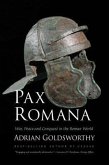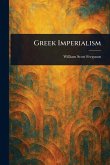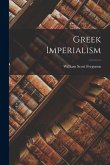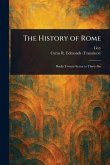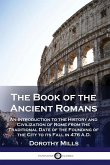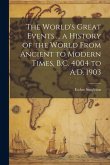Ancient Rome gave rise to the Roman Empire, one of history's greatest civilizations. It flourished for roughly five hundred years and, at its height, made up at least 20 percent of the world's population. It left an indelible mark on the world, shaping politics, laws, philosophy, and architecture, and gave us Roman numerals, the calendar, aqueducts, and concrete. Alongside the Greeks, the Romans laid the groundwork for Western civilization. In this fast-paced history, Ross King introduces the emperors and warriors, the madmen and upstarts, and the artists and gladiators responsible for the empire's rise, reign, and ruin. King's vivid narrative offers fresh context for key political and religious events and paints lively portraits of Rome's most formidable and notorious leaders. Spanning over one thousand years of Roman history, The Shortest History of Ancient Rome brings an ancient civilization to vibrant life, elucidating why the Romans still matter to us today. The Shortest History books deliver thousands of years of history in one riveting, fast-paced read. The Shortest History books deliver thousands of years of history in one riveting, fast-paced read.
Bitte wählen Sie Ihr Anliegen aus.
Rechnungen
Retourenschein anfordern
Bestellstatus
Storno



